Orthodontics
The American Association of Orthodontists recommends a check-up with an orthodontist by age 7.
The 7 & Up Check-Up gives us the opportunity to begin monitoring for several potential conditions, some of which can be more effectively treated at an early age, while others may be appropriate to let remain until adolescence when all or most of the permanent teeth are present. Detection and correction of potential problems can ultimately help save time and money by possibly shortening duration of full treatment, even reducing or eliminating the possible need for tooth extractions or surgery.
Regular monitoring of a child's growth and development is always FREE.

Early Orthodontic Treatment for Children
What is the difference between early orthodontic treatment and regular orthodontic treatment, and why might my child need early treatment? How will early treatment benefit my child in the long run?
These are just a few of the questions surrounding the topic of early orthodontic treatment for children. The American Association of Orthodontists recommends that children see an orthodontist as early as age seven. At this point the orthodontist will evaluate whether your child will need orthodontic treatment.
Early treatment (also known as Phase One) typically begins around age eight or nine (Phase Two will begin around age 11 or older). The goal of early treatment is to correct the growth of the jaw and certain bite problems, such as underbite. Early treatment also helps to make room for permanent teeth to come in properly, lessening the chance of extractions in the future.
How to tell if your child may need early orthodontic treatment:
- Early or late loss of baby teeth (your child should typically start losing teeth around age five, and will have all permanent teeth around age 13)
- Difficulty chewing and/or biting
- Mouth Breathing
- Your Child continues sucking his or her thumb after age five.
- Speech Impediments.
- Protruding teeth (the top teeth and the bottom teeth extend away from each other.)
- Teeth that don't come together in a normal manner or even at all.
- Shifting of the jaw when your child opens or closes his or her mouth (crossbites).
- Crowded front teeth around age seven or eight.
What causes orthodontic problems, and how will early treatment benefit my child?
Orthodontic problems such as crowding of the teeth, too much space between the teeth, jaw growth problems, protruding teeth, and bad bites can be inherited or caused by injury to the mouth, early or late loss of baby teeth, or thumb-sucking habits.
Most children lose all their baby teeth by age 13, and by the end of their teen years, the jaw bones will harden and stop growing. Orthodontic procedures for adults often take more time and can involve tooth extraction or oral surgery. Receiving early orthodontic treatment as a child can help prevent the need for orthodontics as an adult, leaving little to no chance of extraction or surgery in the future.
If your child is between the ages of seven and eight and shows signs of needing orthodontic care, or if you have been directed by your family dentist to visit the orthodontist, please contact our practice and schedule an appointment. Our team will provide your child with an initial exam, and discuss with you the best steps to take toward caring for your child's smile.
Types of Braces
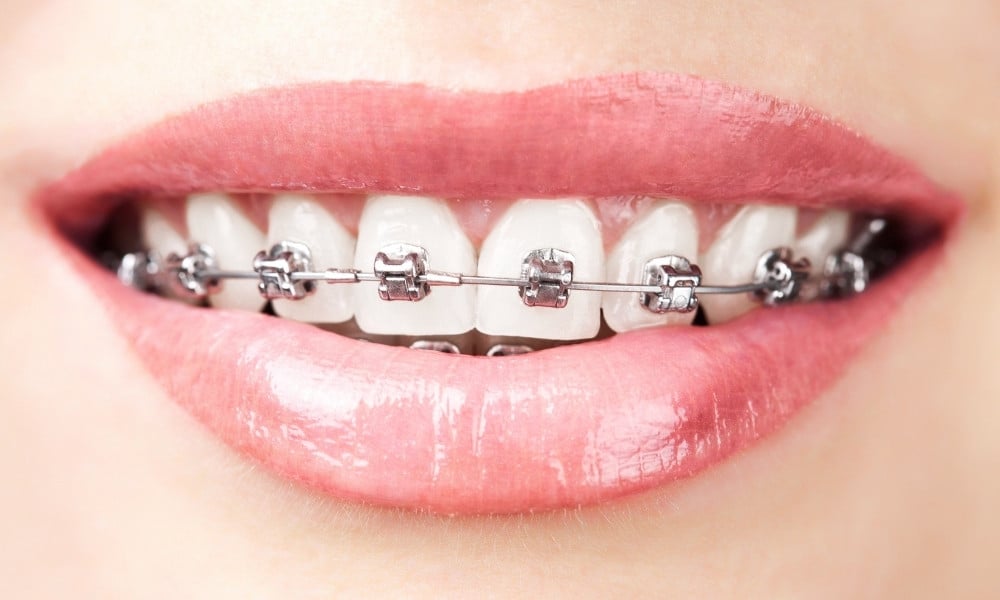
Traditional Metal Braces
These are the most common type of braces and are more comfortable today than ever before. Made of high-grade stainless steel, metal braces straighten your teeth using metal brackets and archwires. With metal braces, you have the option of adding colored elastics (rubber bands) for a more unique and colorful smile.
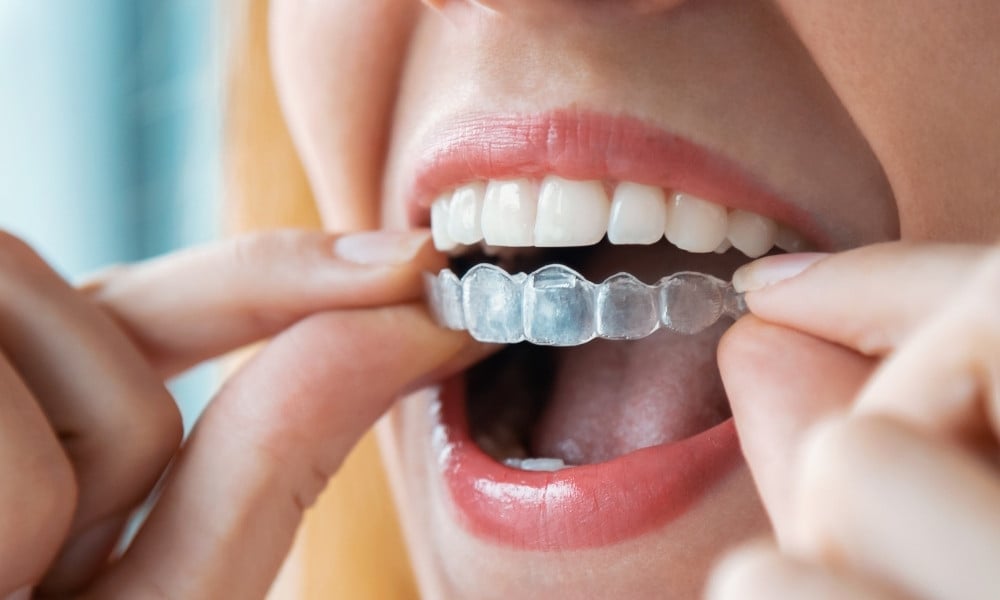
Clear Aligners
Clear aligners are a series of invisible, removable, and comfortable acrylic trays that straighten your teeth like braces. Not only are the aligners invisible, they are removable, so you can eat and drink what you want while in treatment, plus brushing and flossing are less of a hassle. The aligners are comfortable and have no metal to cause mouth abrasions during treatment.
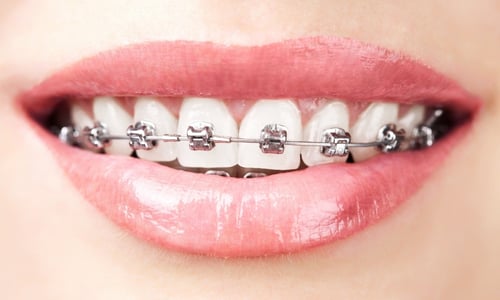
Traditional Metal Braces
These are the most common type of braces and are more comfortable today than ever before. Made of high-grade stainless steel, metal braces straighten your teeth using metal brackets and archwires. With metal braces, you have the option of adding colored elastics (rubber bands) for a more unique and colorful smile.
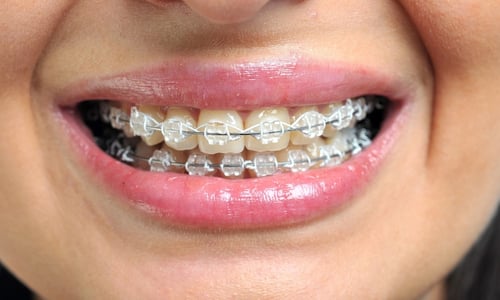
Clear (Ceramic) Braces
Ceramic braces are made of clear materials and are therefore less visible on your teeth than metal braces. For this reason, ceramic braces are used mainly on older teenagers and adult patients who have cosmetic concerns. While they are visually less prominent, they do require more attention to oral hygiene as ceramic braces are larger and are more brittle than their metal counterparts. For these reasons, ceramic braces tend to be used more on upper front teeth than on lower teeth.
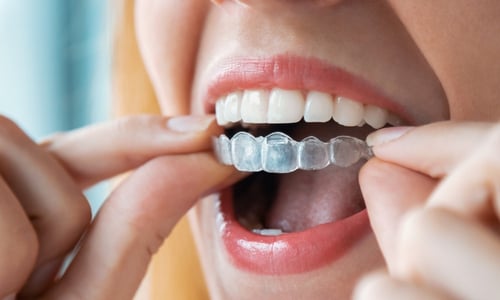
Clear Aligners
Clear aligners are a series of invisible, removable, and comfortable acrylic trays that straighten your teeth like braces. Not only are the aligners invisible, they are removable, so you can eat and drink what you want while in treatment, plus brushing and flossing are less of a hassle. The aligners are comfortable and have no metal to cause mouth abrasions during treatment.

VALUE We believe orthodontic treatment should be available to anyone who desires a better smile. Without compromising quality, we make treatment affordable by monitoring fees and offering payment plans.

INNOVATION We use innovative treatment modalities including indirect bonding, interceptive orthodontics, Class III and Class II orthodontics, direct palate expansion, INSIGHT radiography, and orthodontic retention routines.

PERSONAL TOUCH We've created an orthodontic practice where patients feel at home. From our inviting reception area to advanced technology and leading-edge processes, everything here is about your comfort.

VALUE We believe orthodontic treatment should be available to anyone who desires a better smile. Without compromising quality, we make treatment affordable by monitoring fees and offering payment plans.

INNOVATION We use innovative treatment modalities including indirect bonding, interceptive orthodontics, Class III and Class II orthodontics, direct palate expansion, INSIGHT radiography, and orthodontic retention routines.

PERSONAL TOUCH We've created an orthodontic practice where patients feel at home. From our inviting reception area to advanced technology and leading-edge processes, everything here is about your comfort.
Convenient Locations
Comfortable Setting: At our office, you are more than just a patient – you are family! We work together to provide personalized service and an enjoyable orthodontic experience in a comfortable, stress-free environment.
Office Hours: Monday - Thursday | 8:00AM - 4:00PM
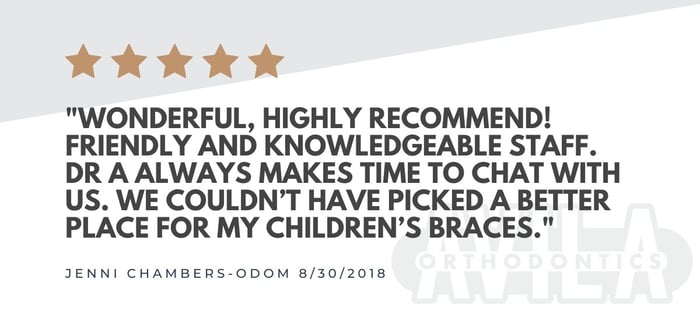
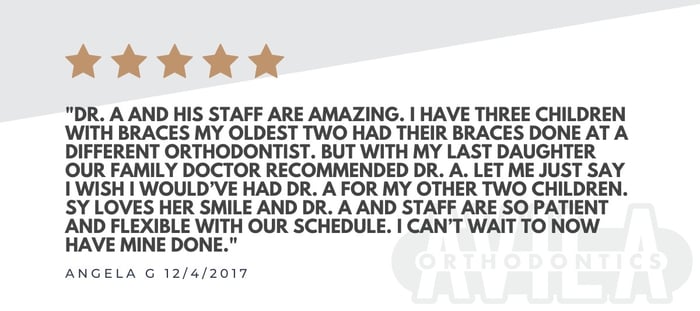
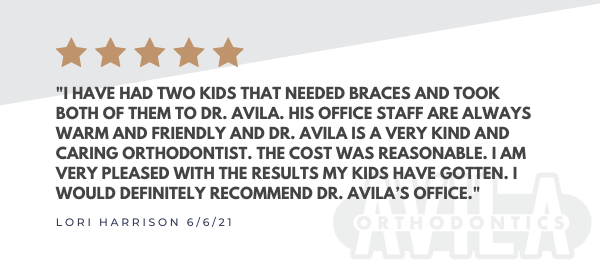
.png?width=674&name=DAvila_Reviews1%20(1).png)
.png?width=674&name=DAvila_Reviews1%20(2).png)
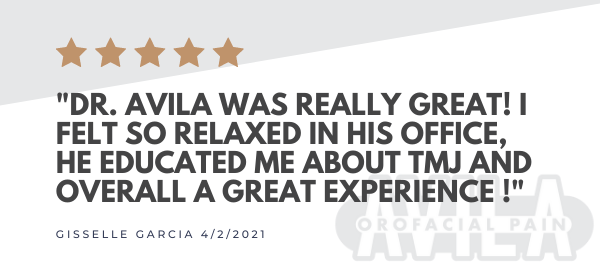
.png?width=674&name=DAvila_Reviews1%20(4).png)
.png?width=674&name=DAvila-TMJ-Reviews%20(1).png)
.png?width=674&name=DAvila_Reviews1%20(6).png)






